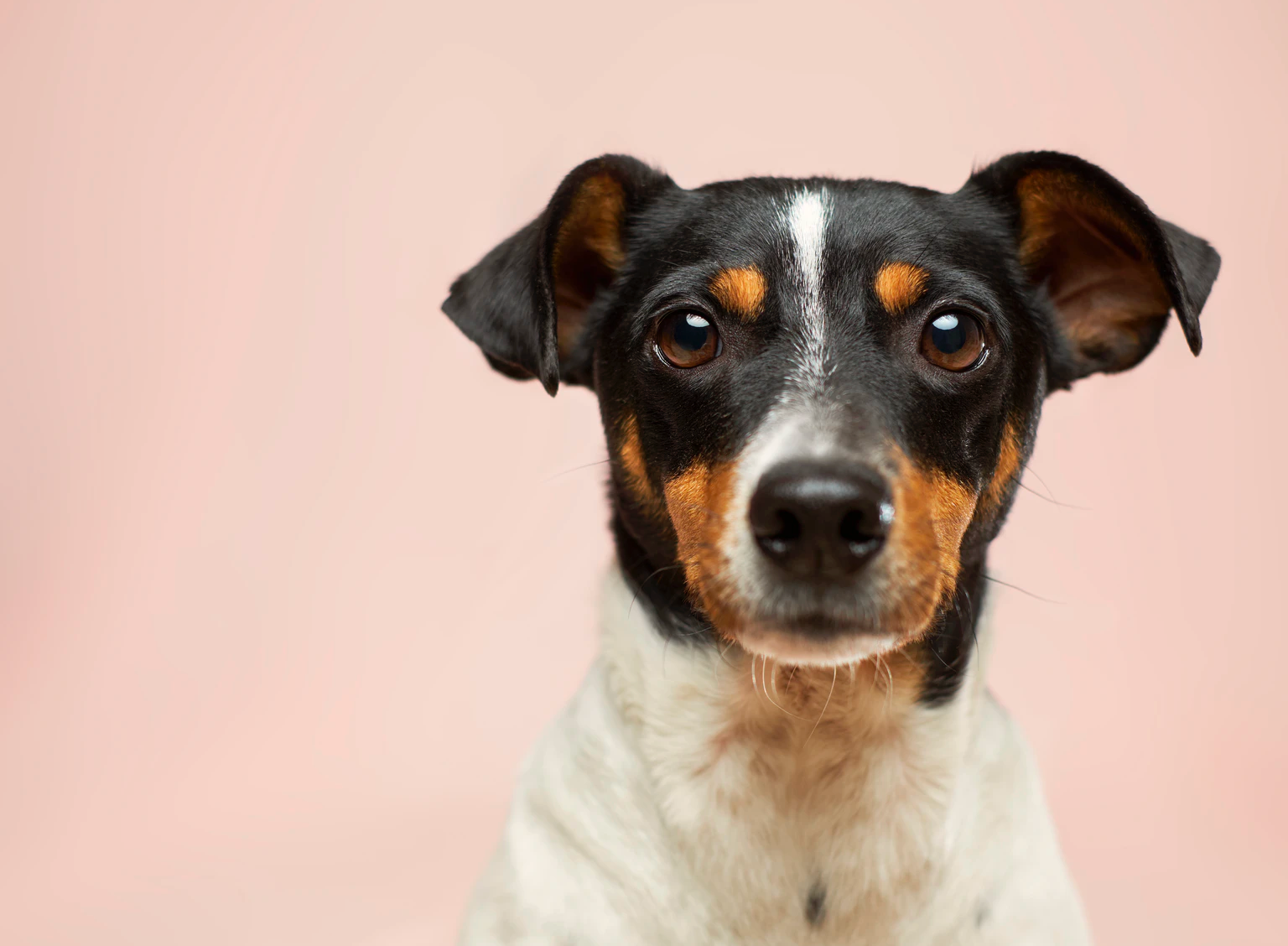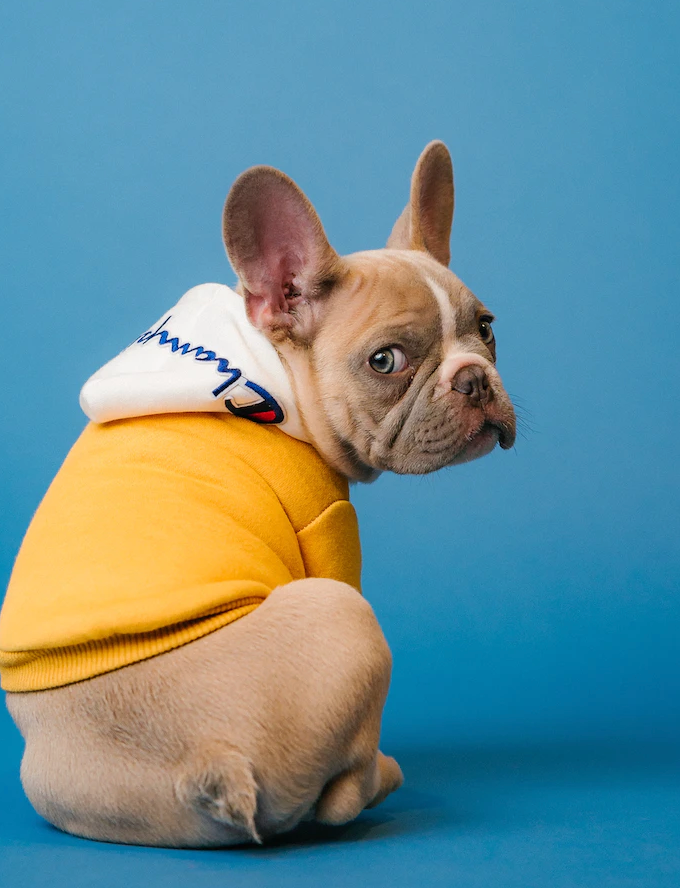Are you ready to begin training your dog or puppy? Proper training and socialisation are essential for your dog. It’s critical to begin training your dog to sit, stay, come, go to their crate, and go potty outside as soon as possible. And believe it or not, as a beginner, you can do it yourself.
Dog training can be daunting at first especially if this is your first dog. The truth is that training your dog is a significant undertaking. It will become far less daunting if you approach the task step by step.
Dog trainer: Crate Training and House Training
Unless you intend to keep your dog outside—which is not recommended—you will need to teach your dog where to eliminate. As a result, one of the first things you should work on with your dog is house training (also known as housebreaking or potty training). Crate training can be an extremely beneficial component of the training process.
Basic commands: Dogs and Puppies on a Leash
Every dog should be taught to walk on a leash. Aside from the fact that most areas have leash laws, keeping your dog on a leash is for his own safety. Learn how to introduce your dog or puppy to the leash and then show him how to walk properly on it.
Dog training: How To Socialize Dogs and Puppies
Socialization is the process of teaching your puppy or adult dog to accept new people, animals, and places by exposing him to them. Socialized dogs are less likely to develop behavioural issues basic obedience and are generally more popular. Socialization can also aid in the prevention of the emergence of fears and phobias.
In the end, socialising your dog or puppy will make him a happier, better-behaved dog trainings.
Canine Clicker Training
Clicker training, a type of positive reinforcement, is a simple and effective method of dog training. Although you can train your dog without using a clicker, many people find it useful. You can easily and effectively teach your dog all kinds of basic commands using clicker training.
Proofing Behaviors and Troubleshooting
Proofing is the final step in teaching your dog new behaviour. Learn how to prove behaviours so that your dog is as obedient at the park as he is in your living room.
Remember that just because you’ve finished training doesn’t mean that behavioural issues won’t arise. Discover the most common dog behaviour issues and how to handle them. These guides will assist you in navigating this stage of the start training process:
Proofing Behaviors: Experiment with behaviours in a variety of settings with varying levels of distraction. Without proofing, your dog may behave well in your living room but appear to forget all of the dog training when you take him outside.
Teach Your Dog Self-Control: This method teaches your dog that nothing in life is free and that things like food and attention must be earned through obedience.
Advanced Canine Training
Once your dog has mastered the fundamentals, you can consider progressing to more advanced tricks. These activities will keep your dog physically and mentally active. They will also help to strengthen your bond with your canine companion.
Keep in mind that training is an ongoing process. You’ll never be completely done. It is critical to continue working on obedience training with your dog throughout his or her life. People who learn a language at a young age but then stop speaking it may forget a lot of it as they get older. It’s the same with your dog: use it or lose it. Running through even the most basic tricks and commands will help your dog remember them. It’s also a fun way to spend time with your dog without unwanted behaviors.
How do you teach your dog not to flee?
Many experts believe that chasing a fleeing dog will only encourage it to run faster because the dog perceives it as a game. Begin training your dog to stay with you by gradually walking away from it, then calling its name and rewarding it with a treat when it returns. You can even add to this training by spending time with friends and having them call your dog. Begin by instructing your dog to “sit” and asking others not to approach. Offer your dog a treat if it is approached and obeys this command. Reinforcement is essential! While your dog should always be leashed when out and about, there are other ways to train them to ignore other dogs on walks. Keep your dog at a safe distance from other dogs while out and about, and call their name whenever they see another dog, rewarding them with a treat. You can repeat this process, gradually approaching dogs while encouraging your pup to ignore them and rewarding them with a treat.


